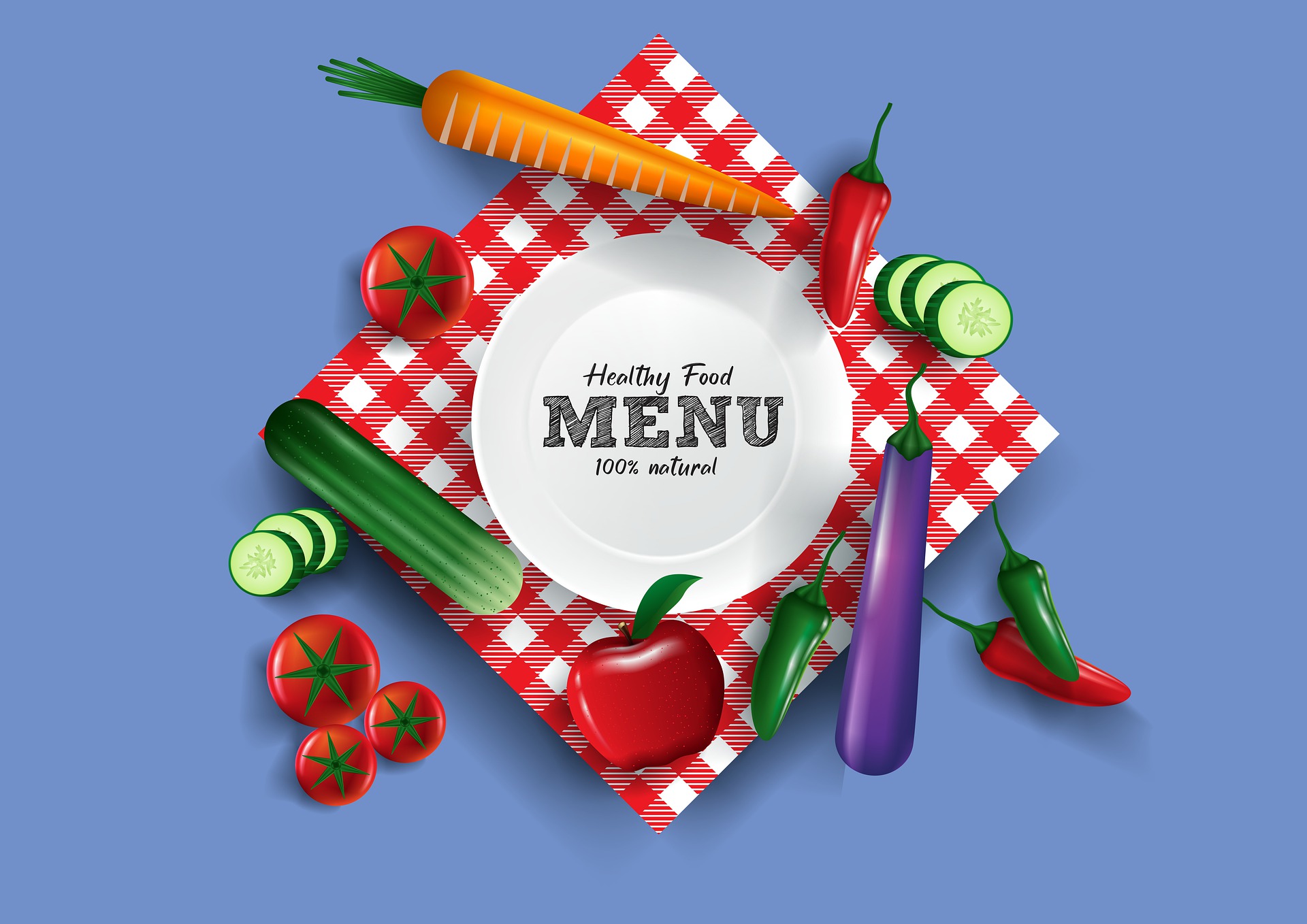Introduction to Restaurant Menu Planning
Table of Contents
Restaurant menu planning is an essential part of running a successful food business. A well-planned menu can attract customers, increase sales, and improve profitability. It involves deciding what dishes to offer, determining their prices, and considering factors such as the restaurant’s theme, target market, and local competition.
One important aspect of restaurant menu planning is cost management. This includes determining the cost of each dish, including food, labour, and overhead costs, and setting menu prices that will allow the restaurant to profit. It’s also important to consider portion sizes and pricing strategies, such as offering smaller portions at lower prices to encourage customers to order more items.
Another key element of menu planning is menu engineering, which involves analysing and optimising the performance of each menu item. This may involve analysing sales data, customer feedback, and other factors to determine which dishes are most popular and which may need modification or removal.
Furthermore, it’s essential to consider the balance and appeal of the menu. This includes offering a variety of dishes to appeal to different tastes and dietary preferences and ensuring that the menu is cohesive and reflects the restaurant’s brand and theme. By planning and updating their menus, restaurants can attract and keep customers while maximizing profitability.
What are the six guiding principles of effective menu planning?
The restaurant menu planning exercise should utilise these six principles to improve food quality: sufficiency, consistency, calorie (energy) control, nutrient density, moderation, and variety. It is all about creating a balanced and nutritious menu that will satisfy your guests’ cravings while leaving them satisfied and happy.
Restaurant Menu Planning
Restaurant menu planning is crucial to running a successful food service business. A well-planned menu can attract customers, increase sales, and improve profitability, while a poorly planned one can result in lost revenue and customer dissatisfaction. Here are some tips for effective restaurant menu planning:
- Identify your target audience:
Consider the demographics, preferences, and budget of the customers you want to attract. This will help you determine which dishes to include on your menu. Consider local competition and current food trends.
- Restaurant theme:
Determine the restaurant’s theme and target market. Ensure that the menu reflects the restaurant’s brand and theme.
- Consider the season:
Offer dishes in season, as they will be fresher and often less expensive to source. Constantly update the menu to meet the needs of customers.
- Balance the menu:
Include a mix of familiar and unique items and a range of price points. This will appeal to a broader range of customers and increase the likelihood that there will be something for everyone. Consider portion sizes and pricing strategies.
- Keep it simple:
Too many menu items can be overwhelming for customers and challenging for the kitchen staff to execute. Aim for a concise menu focusing on a few essential dishes you can execute well.
- Use descriptive language:
Entice customers with mouth-watering descriptions of your dishes. This can increase the perceived value of the dish and encourage customers to order.
- Utilise specials:
Specials allow you to showcase new dishes and use up ingredients that you have in excess. They can also help to keep your menu fresh and exciting for returning customers.
- Update the menu regularly:
Changing your menu seasonally or even quarterly can help to keep things interesting for your customers. This also allows you to use new ingredients as they become available.
- Price menu items wisely:
Determine the cost of each dish, including food, labour, and overhead costs. You want to make sure you are making a profit, but pricing items too high can turn customers away. Set menu prices that will allow the restaurant to turn a profit.
- Use visually appealing presentation:
How a dish is presented can impact a customer’s decision to order it. Consider the plateware and garnishes you use to make your dishes visually appealing.
- Test menu items:
Before adding a new dish to your menu, consider offering it as a special or tasting portion to gauge customer interest. This can help determine if the dish is worth adding to your menu.
- Analyse Your Menu:
Analyse and optimize the performance of each menu item using sales data and customer feedback.

Related articles:
Restaurant Profit And Loss Statements
How To Improve Restaurant Profits
Restaurant Inventory Management System
FAQs (Frequently Asked Questions)
How often should I update my restaurant menu?
Updating your menu periodically helps to keep it fresh and relevant, which could be done seasonally, quarterly, or as needed based on customer feedback and market trends.
How do I determine the prices for my menu items?
Pricing should be based on a thorough cost analysis, considering ingredient costs, labour expenses, and competitor pricing. Additionally, consider the perceived value of your offerings and the demographic of your target audience when setting prices.
Why are specials important for a restaurant menu?
Specials add variety and excitement to the dining experience, allowing you to showcase creativity and utilise seasonal ingredients. They also serve as a marketing tool to attract customers and encourage repeat visits to your restaurant.
Conclusion
Effective restaurant menu planning can help attract customers, increase sales, and improve profitability. It involves deciding what dishes to offer, determining their prices, and analysing and optimizing the performance of each menu item.
By considering cost management, menu engineering, and the overall balance and appeal of the menu, restaurants can effectively plan and update their menus to meet the needs of their customers and maximize their success.
Effective restaurant menu planning takes time and careful consideration. By following these tips, you can create a menu that will attract customers and drive sales for your restaurant.


